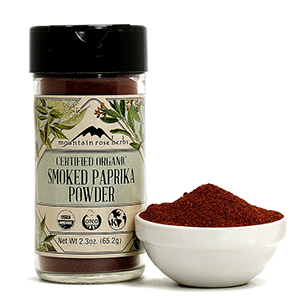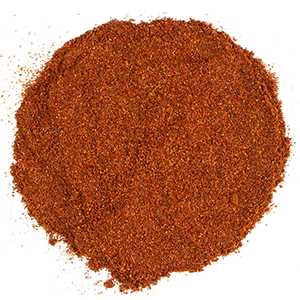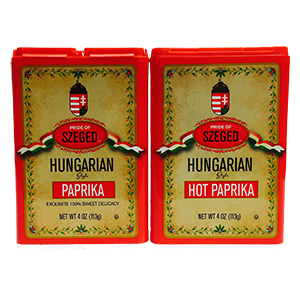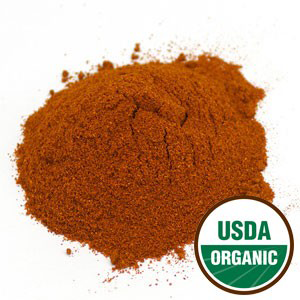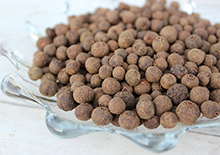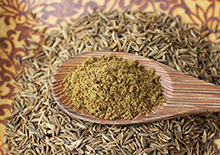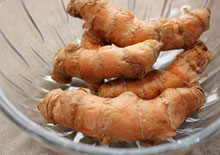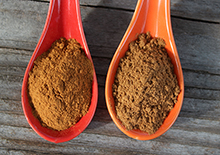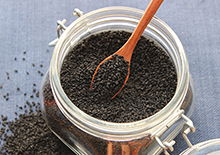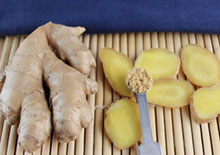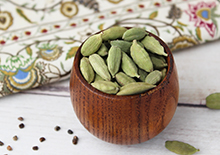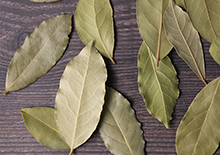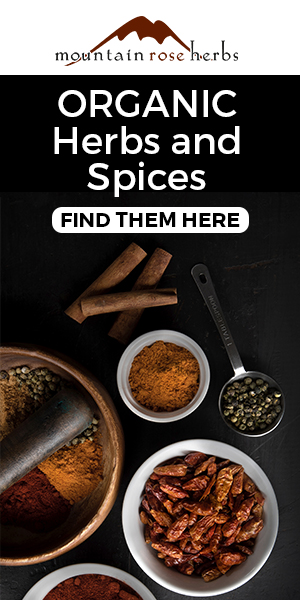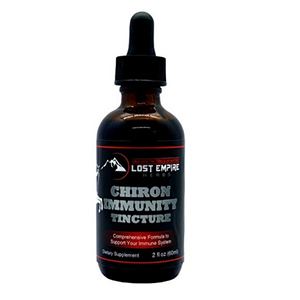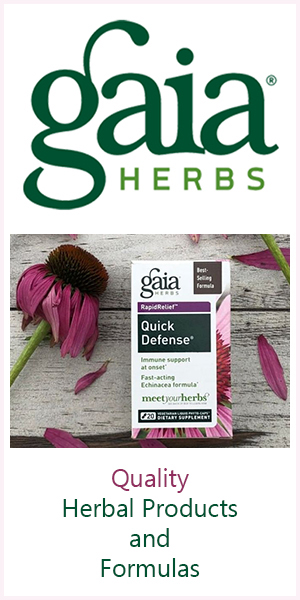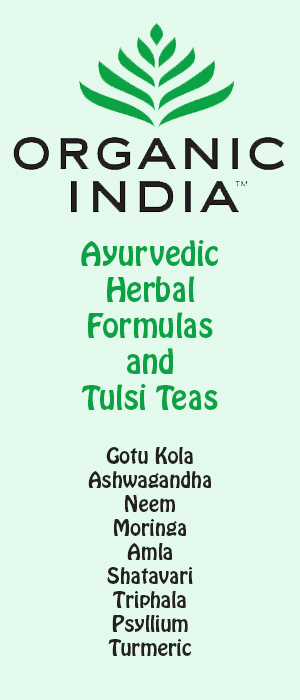- Home
- Herbs and Spices
- What is Paprika Made Of?
What is Paprika Made Of? 12 Facts About This Household Spice
What is Paprika? | Cultivars | Flavor | Paprika Vs Chili Powder | History | Types | Smoked Spanish | Hungarian | Bell Pepper | Antioxidants | Storage | Uses | Precautions | Shop
1) What is Paprika?
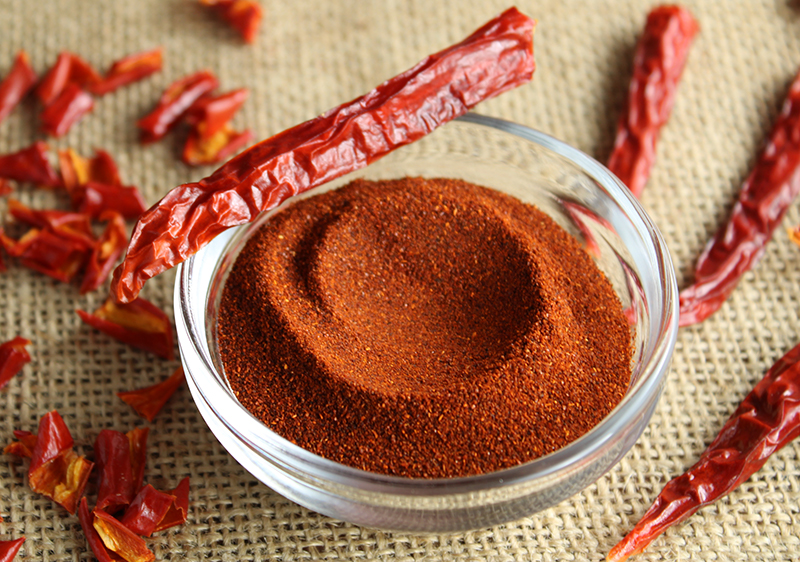
What is paprika made of exactly and is it from a particular spice plant species?
Paprika can technically come from any kind of Capsicum annuum red pepper.
Although is it commonly made from less pungent red chili pepper varieties, the spice doesn’t originate from one particular type.
Most paprika is made from the pericarp or fruit flesh of the pepper and contains little to no seeds, giving the powder its iconic bright red color.
2) Paprika Cultivars
Table of Contents:
What is Paprika? | Cultivars | Flavor | Paprika Vs Chili Powder | History | Types | Smoked Spanish | Hungarian | Bell Pepper | Antioxidants | Storage | Uses | Precautions | Shop
Depending on where paprika is from, it can be sourced from a number of Capsicum annuum varietals or cultivars that are indeed created for paprika production.
These are types of pepper plants that have thin-fleshed red sweet fruits which lend themselves well to drying and grinding for spice powders.
Some popular cultivar examples include Alma, Bola, Ocales, NuMex, Boldog and the famous Leutschauer.
3) Paprika's Mild Flavor
While its fiery red powder might make you wonder if it's going to heat things up, most paprika is mild and often sweet in nature. Why is this?
Most types of paprika are not super spicy because, as we mentioned, their made from the flesh, not the seeds, which is where much of the pepper's heating capsaicinoids come from.
The powder is therefore often well-tolerated by those with sensitive palates. It is the number one spice recommended in Ayurveda for Pitta constitutions or when there is excess heat in the body.
There are, however, some paprika preparations that also add a portion of seeds during the grinding process or utilize paprika cultivars, like the Leutschauer, that have a med-hot fruit.
Generally, they are not usually more than 1,000 - 2,900 Scoville units.

4) Paprika Vs Chili Powder
Many people get confused about the differences between paprika and chili powder, sometimes thinking they are one in the same. Paprika is not chili powder, however, though the two can look similar.
The biggest difference is that chili powder is a blend of spices that include paprika but also cumin, cayenne, oregano, onion powder and garlic powder. Paprika is made from red pepper only. Chili powder is much spicier due to the cayenne pepper ingredient.
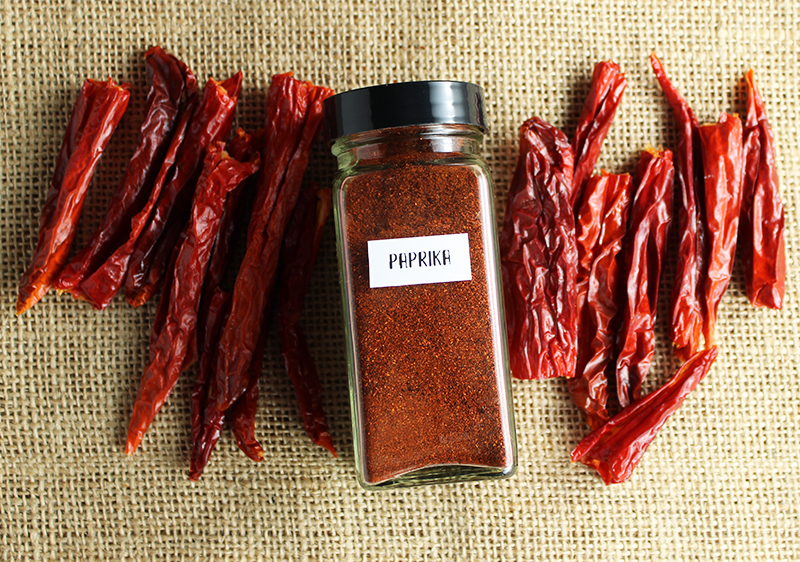
5) History of Paprika
All types of peppers from jalapeno to red bell are native to Latin America and have been extensively cultivated in Mexico for centuries. While they are of course a big part of Mexican cuisine, paprika wasn't originally on top of the list of spices utilized.
Paprika was initially popularized mainly by the Spanish. By the 16th Century, after conquistadors from Spain returned from the Americas, pepper plants were introduced to Europe.
Spanish monks in the Extremadura region of Spain are believed to be the first to pioneer sweet paprika growing, drying and grinding techniques. Today, paprika is still Spain's most popular spice next to saffron.
Much later in the 19th century, the Turks spread the use of paprika seasoning to Hungary where many special cultivars were created to increase subtle flavor profiles.
To this day, it is the country’s national culinary spice and Hungarian paprika is prized around the world for its high-quality sweet flavor.
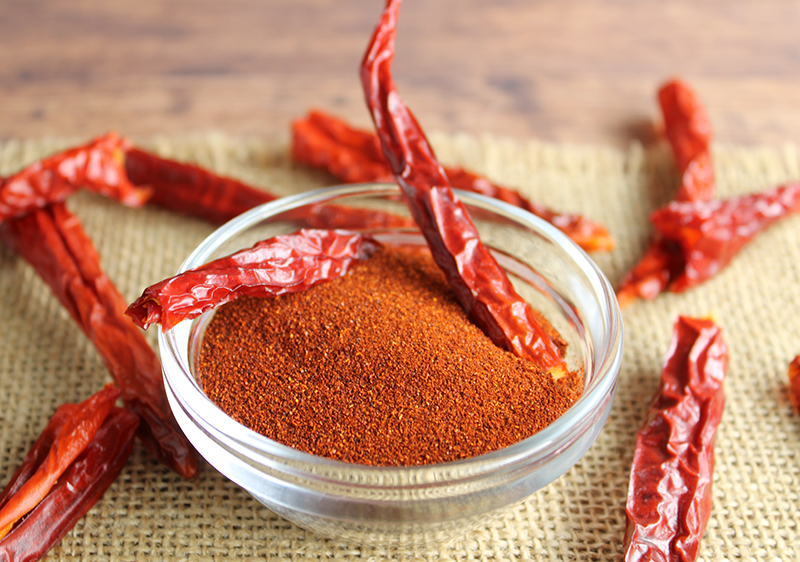
6) Types of Paprika
The most common paprika you usually find at the supermarket is often called sweet paprika or plain paprika. Simply labeled "Paprika", it is almost always guaranteed to be of a mild neutral tasting quality because of its more ambiguous origin. These types can also be a blend of different sweet pepper sources.
Without a doubt, Spanish and Hungarian paprika is considered by most chefs to be the premium gold standard compared to the common plain variety.
7) Smoked Spanish Paprika
Spanish paprika, also called pimentón, can come in three different grades: sweet or mild (pimentón dulce), medium or bittersweet (pimentón agridulce) or spicy (pimentón picante), which includes the seeds.
Some types like "pimentón de la Vera" are made with pepper cultivars that are exclusive to specific regions of Spain with a labeled "Designation of Origin" to guarantee quality.
Like chipotle, which is smoked jalapeno, paprika peppers are frequently smoked, which is what Spanish types are famous for.
This is a traditional technique that involves drying whole peppers over oak wood fires for a period of time to impart a distinctive smoky taste and aroma.
8) About Hungarian Paprika
Paprika is a top mainstay spice in Hungarian kitchens. Like Spain, Hungary makes one of the finest paprika powders in the world using unique cultivars as well as growing and harvesting methods.
The spice is classified in eight different grades indicating flavor profiles ranging from sweet to pungent.
- Noble sweet (édesnemes)
- Special quality (különleges)
- Delicate (csípősmentes csemege)
- Exquisite delicate (csemegepaprika)
- Pungent exquisite delicate (csípős csemege, pikáns)
- Rose (rózsa)
- Semi-sweet (félédes)
- Strong (erős)
Although the hottest Hungarian paprika is typically a light brown color, Hungarian sweet paprika is one of the sweetest and usually a very deep red-orange color due to the colder climates in which it's grown.
9) Paprika Means Bell Pepper
Interestingly, the term "paprika" can also mean "bell pepper" in some European languages.
So, it can refer to the spice seasoning or the whole bell pepper. For example, this is the case in the Dutch language.
10) Paprika Contains Antioxidants
Paprika is a source of carotenoids, which are antioxidant pigments that give the spice its bright orange color.
Paprika is specifically a source of α-carotene and β-carotene (provitamin A compounds), zeaxanthin, lutein and β-cryptoxanthin.
One teaspoon serving amount of paprika can supply about 21% the Daily Value of vitamin A, based on an adult 2,000 calorie diet. It also contains vitamin C and E but these nutrients are commonly reduced by cooking methods.
One 2020 published study found that paprika supplementation in postmenopausal women helped maintain bone quality.
11) Paprika Powder and Storage
Paprika powders can range in color from bright red-orange to red-brown color. This has to do with the type of pepper utilized but also smoking techniques used.
Paprika may not store as long as seed-derived spices because it's from the fruit of the plant which can degrade faster.
Fresh quality paprika powder should have a strong almost fruity scent when you open the jar. Generally, if the spice is 6 months old or older it can potentially lose flavor.
12) Popular Uses for Paprika
Similar to saffron and turmeric, paprika's red-orange color really comes out when heated. So, it is not only used for its mild savory sweet sometimes smoky flavor but also to add color to recipes.
Frequently a household kitchen staple worldwide, paprika is utilized in countless ways when preparing meals. It's typically used in America on roasted potatoes and sprinkled on deviled eggs.
In other parts of the globe, it's traditionally used in soups, stews and recipes like pörkölt, paprikás krumpli, chicken paprikash, goulash, chorizo, patatas bravas, paella and many other cultural foods.
What is paprika made of?
What is paprika made of?
Paprika can technically come from any kind of Capsicum annuum red pepper.
Most paprika is made from the pericarp or fruit flesh and
contains little to no seeds, giving the powder its iconic bright red color.
What's the difference between paprika and chili powder?
What's the difference between paprika and chili powder?
The biggest difference is that chili powder is a blend of spices that include paprika but also cumin, cayenne, oregano, onion powder and garlic powder. Paprika is made from red pepper only. Likewise, chili powder is always slightly spicy due to the cayenne pepper ingredient.
Precautions:
Avoid paprika if you are allergic to foods in the nightshade family. It's always best to consult your health care professional before adding paprika to the diet if pregnant, nursing, if you are taking any medications or have a serious health condition.
Shop Related Products (About Affiliates & Amazon Associate Paid Links)
Affiliate Disclaimer: This section contains affiliate product links. If you make a purchase through our recommended links, we receive a small commission at no additional cost to you. Thanks for the support.

